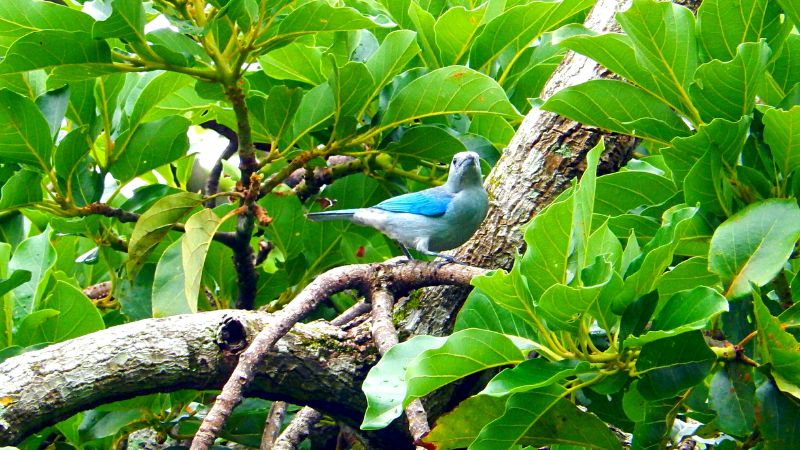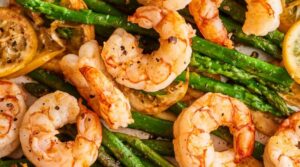Bluebirds are a delight to behold in any garden. Their vivid blue feathers and melodic songs can turn your backyard into a vibrant sanctuary. One of the best ways to attract these charming birds is by planting flora that provides them with food, shelter, and nesting opportunities. Here are seven plants that will make your yard a bluebird haven.
1. Serviceberry (Amelanchier spp.)
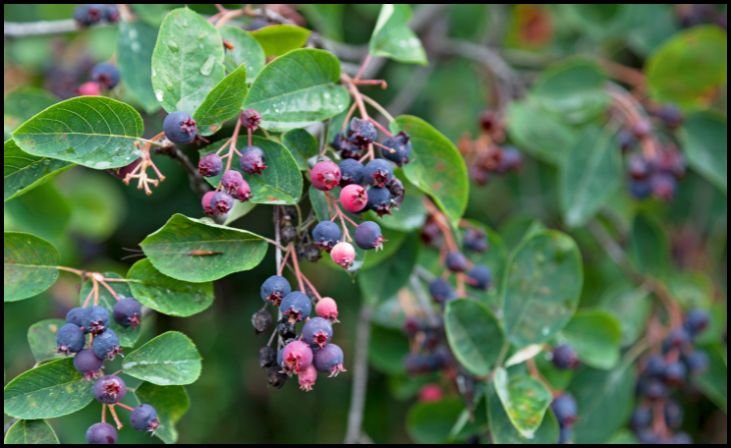
Serviceberry trees and shrubs are a favorite among bluebirds. These plants produce an abundance of small, juicy berries that bluebirds find irresistible. In addition to their fruit, serviceberries offer excellent nesting sites due to their sturdy branches and dense foliage. The spring blossoms also add a beautiful touch to your garden, making them a win-win choice.
2. Eastern Redcedar (Juniperus virginiana)
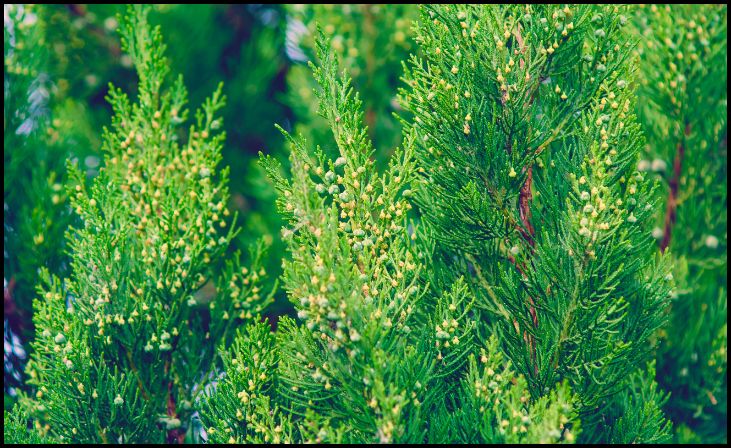
The Eastern Redcedar is another excellent plant for attracting bluebirds. This evergreen tree produces blue-colored berries that bluebirds love. Its dense foliage provides great cover for nesting and protection from predators. Redcedars also serve as windbreaks and offer year-round greenery, adding both functionality and aesthetic appeal to your yard.
3. Dogwood (Cornus spp.)
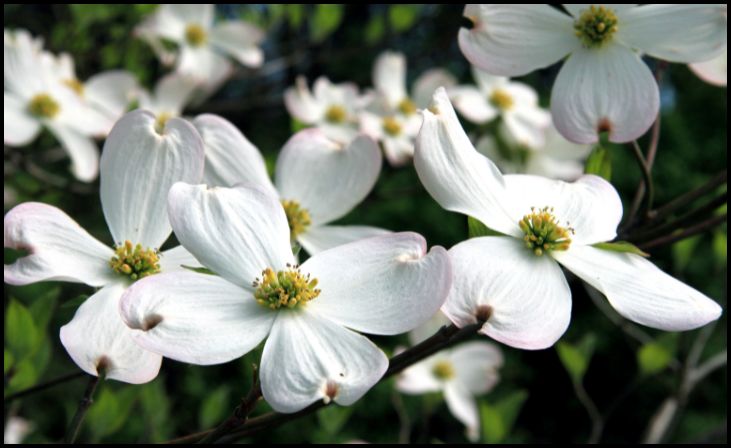
Dogwoods are known for their vibrant fall foliage and beautiful spring flowers, but they are also fantastic for attracting bluebirds. The berries produced by dogwoods are a nutritious food source for these birds. Dogwoods are versatile and can thrive in various conditions, making them a practical and attractive addition to any garden.
4. Holly (Ilex spp.)
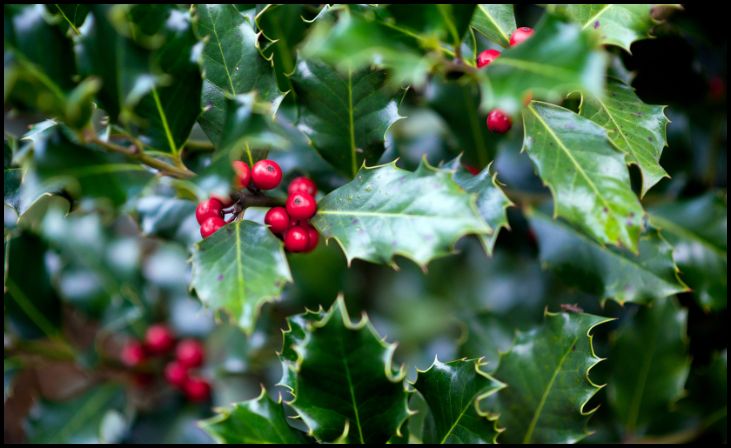
Holly plants, particularly American Holly, are superb for attracting bluebirds. The bright red berries provide a crucial winter food source when other food is scarce. Holly plants also offer excellent shelter with their dense, prickly leaves, which can deter predators. Plus, the evergreen nature of holly ensures your garden remains lush and green throughout the year.
5. Elderberry (Sambucus spp.)
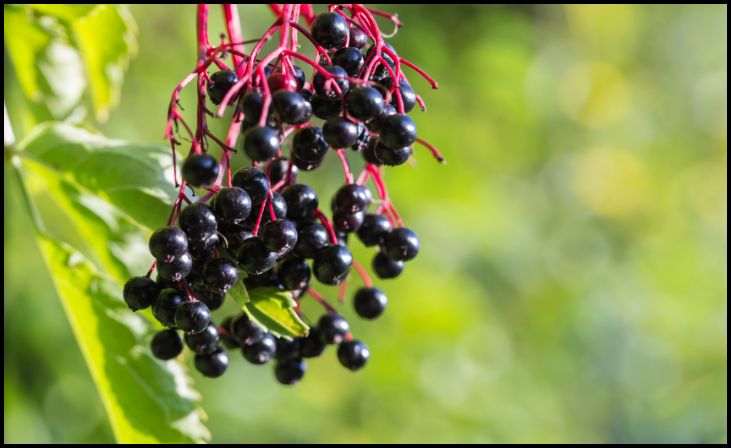
Elderberries are a magnet for bluebirds, thanks to their clusters of dark purple berries. These berries are rich in nutrients and are often consumed eagerly by bluebirds during the late summer and fall. Elderberry bushes also grow quickly and can provide ample cover and nesting sites. Additionally, the flowers of elderberries are a beautiful sight in the spring.
6. Sumac (Rhus spp.)
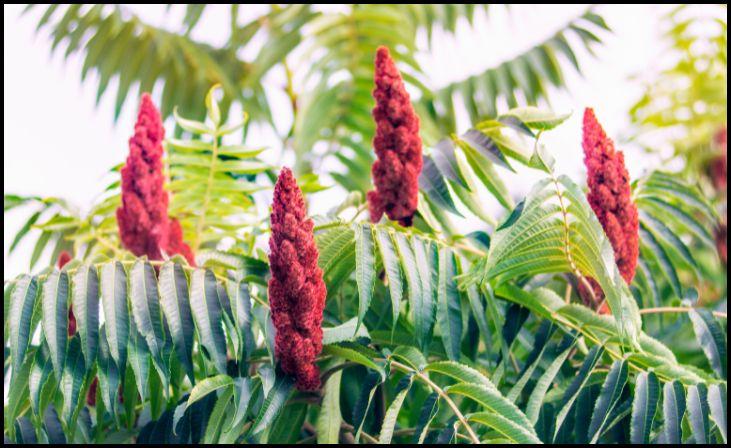
Sumac plants are hardy and adaptable, producing bright red fruit clusters that bluebirds adore. These plants can thrive in various soil types and conditions, making them an easy addition to your garden. Sumac’s vibrant fall colors also add a spectacular display, enhancing the visual appeal of your landscape.
7. Virginia Creeper (Parthenocissus quinquefolia)
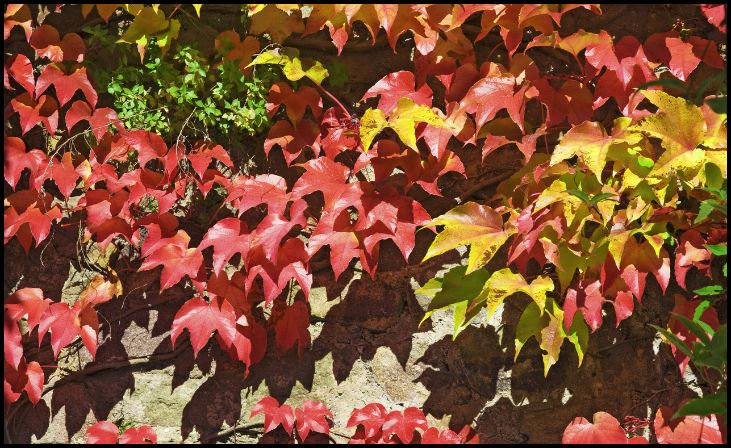
This climbing vine is perfect for adding vertical interest to your garden while attracting bluebirds. Virginia Creeper produces small, dark berries that bluebirds love. The vine can grow on fences, trellises, or even trees, providing ample cover and nesting opportunities. Its leaves turn a brilliant red in the fall, adding a stunning touch of color to your garden.
Tips for Creating a Bluebird-Friendly Yard
To maximize the chances of attracting bluebirds, consider these additional tips:
- Water Sources: Provide fresh water through birdbaths or small ponds.
- Nest Boxes: Install bluebird-specific nest boxes to encourage breeding.
- Avoid Pesticides: Use natural pest control methods to keep your yard safe for bluebirds.
- Diverse Planting: Incorporate a mix of trees, shrubs, and flowers to create a rich habitat.
By planting these seven bluebird-friendly plants and following these tips, you’ll create a welcoming environment that bluebirds and other wildlife will enjoy. Your yard will not only become a haven for these beautiful birds but also a stunning oasis for you to enjoy year-round.

